Many of my students are tired of hearing this story. One of the first times I went to the ALAN workshop and was sitting near the back with my good friend, Melanie Hundley (I still wish I could read and retain information as fast as she does.), I discovered Chris Lynch. As we explored our books. I slowed down as I read the cover blurb for Inexcusable. Before Chris spoke at the conference I was nearly finished with the book. Something about the narrator, the tone, and the topic drew me into the book. I know there has been ongoing controversy about the subject matter, the ending, how it works with or against Anderson’s masterpiece Speak, but it was one of those novels that worked for me. I had to discuss it, I wanted to write about it, and I asked students to read it and share their ideas. Long story short, I did all of that and it was one of the first papers (find it here) I wrote and had accepted by The ALAN Review.
I believe Lynch’s fiction embodies an argument for why difficult books should be on the shelves, included in the curriculum, and discussed openly. His characters represent a host of students who struggle with the notions of success, athletic prowess, and violence in a world that praises a box score. At the same time, is seems that our cluture doesn’t know how to address the results of unleashed and unabated inappropriate “locker room” talk and behavior that occasionally accompanies these young men beyond the game.
I recommend Lynch’s work enthusiastically. I would point directly to a rereading of Inexcusable followed by an exploration of Irreversible. Together, both books represent a study in character, unchecked actions, and unavoidable consequences.
In the rest of the blog you will find two galleries of Chris novels and an interview. Below the interview you will find Bryan Gillis’s introduction to the KSU conference. I hope this brief review of Chris Lynch and his work will give you a brief insight to the fine gathering of authors that Bryan manages to gather year after year.
This is one of the question that a reader might ask about many of the characters and situations that occur in the realistic fiction of Chris Lynch.
March 20-21, 2017, Kennesaw, Georgia
The KSU Literature Conference provides teachers, preservice teachers, public and school librarians, media specialists, and school administrators with a two-day experience in which participants learn from and interact with several highly acclaimed young adult and children's literature authors and attend presentations from master teachers and experts in the field on all facets of literacy instruction.
Each day, featured authors engage participants in interactive keynotes, breakouts, and book signing sessions. In addition, between 25-30 breakout sessions are offered each day, featuring experts in literacy and literature from all over the country.
I look forward to seeing you there! Bryan Gillis, Associate Professor, Kennesaw State University
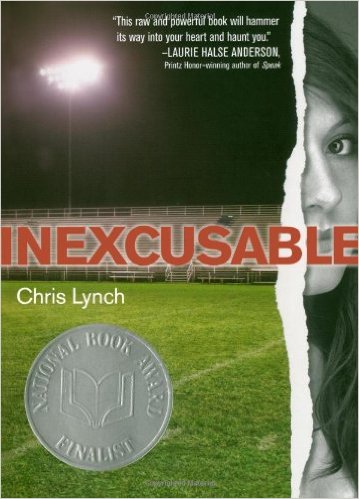
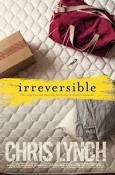
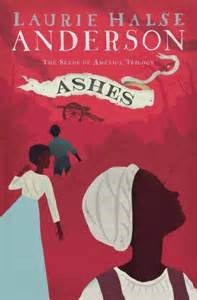

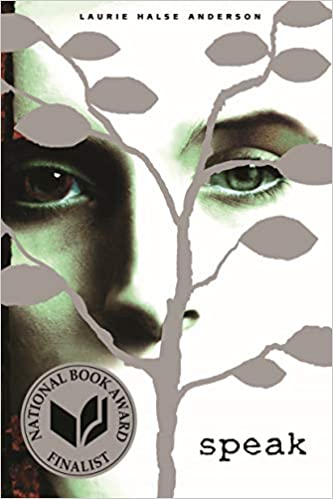
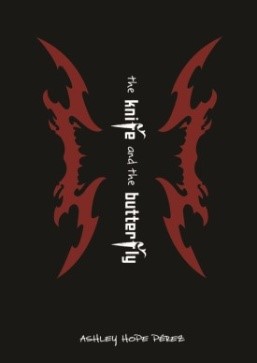
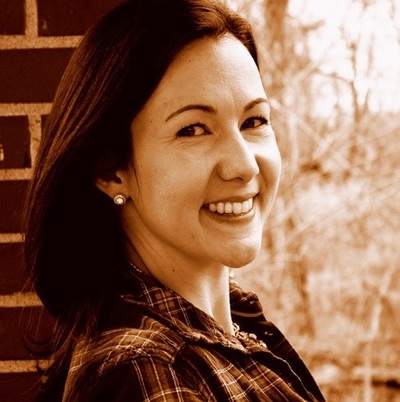
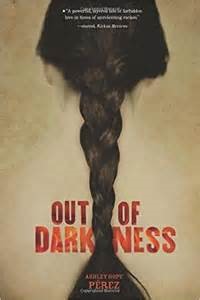
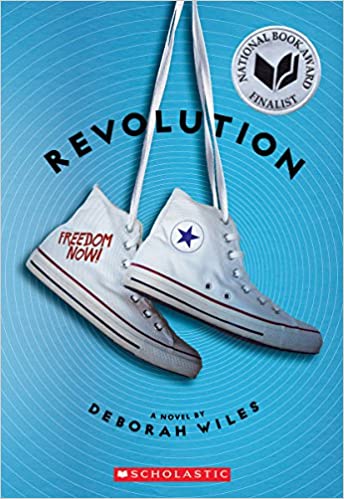
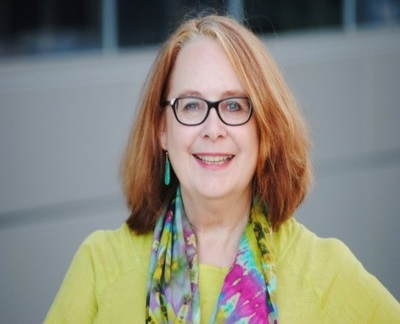
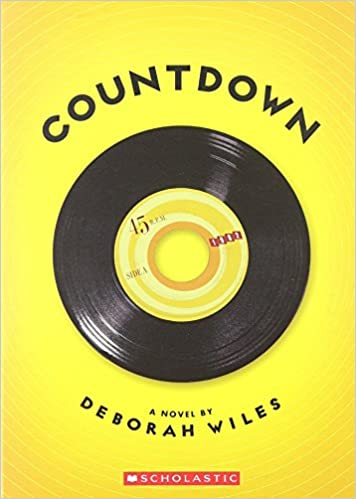
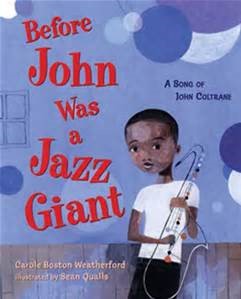
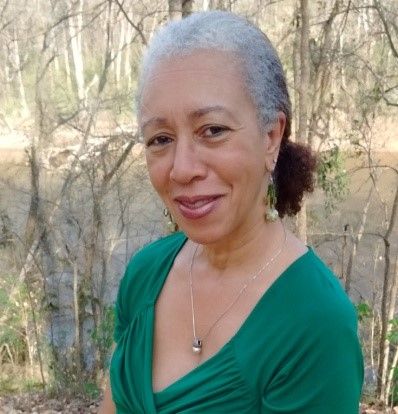
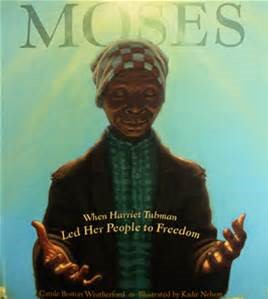
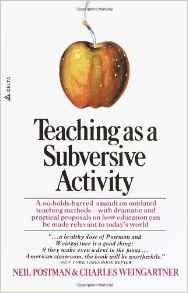
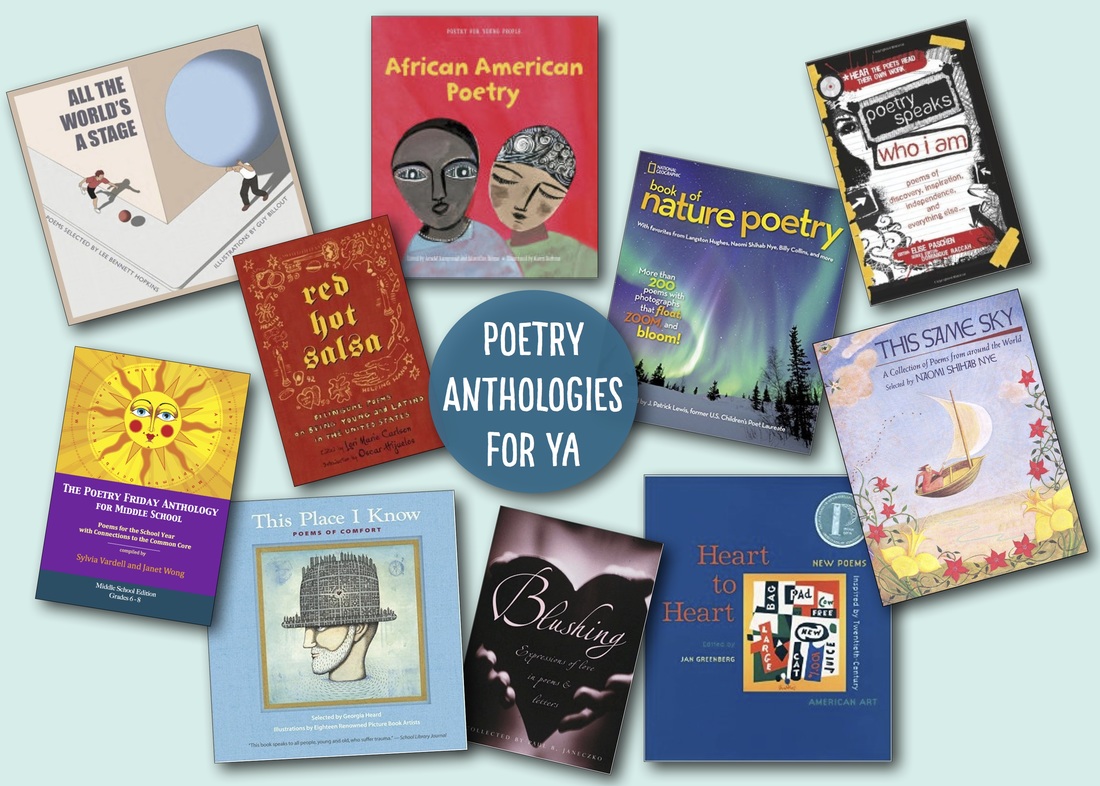
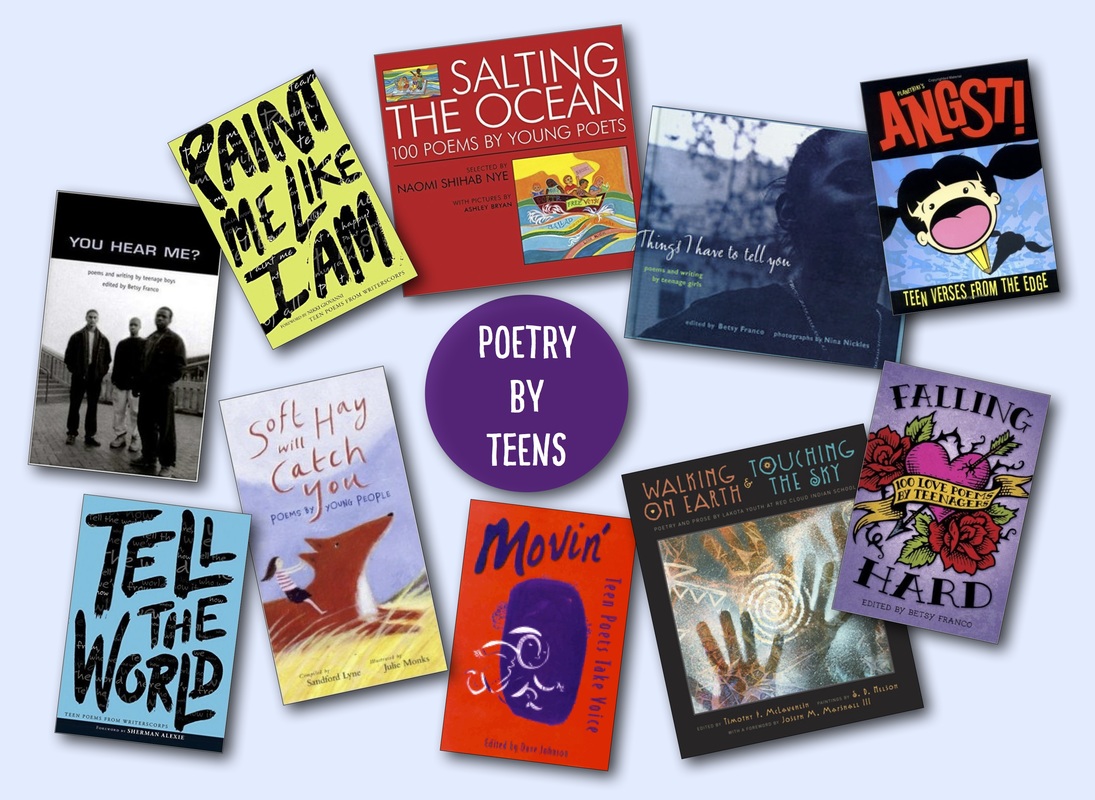
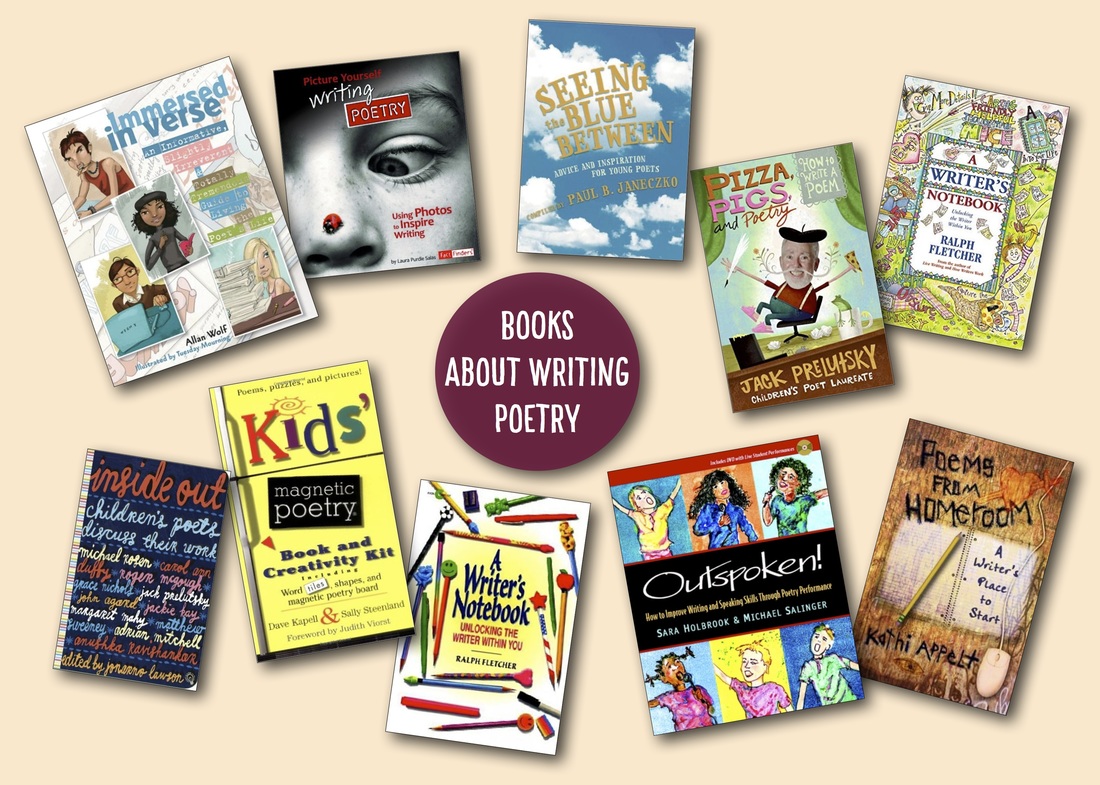
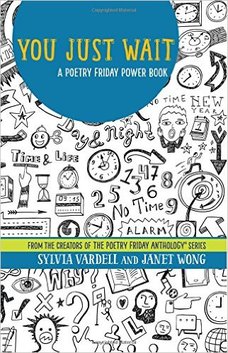
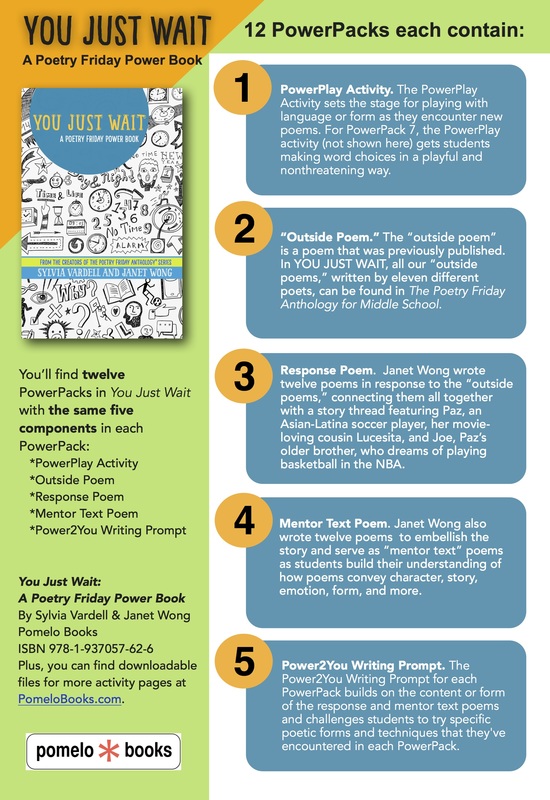
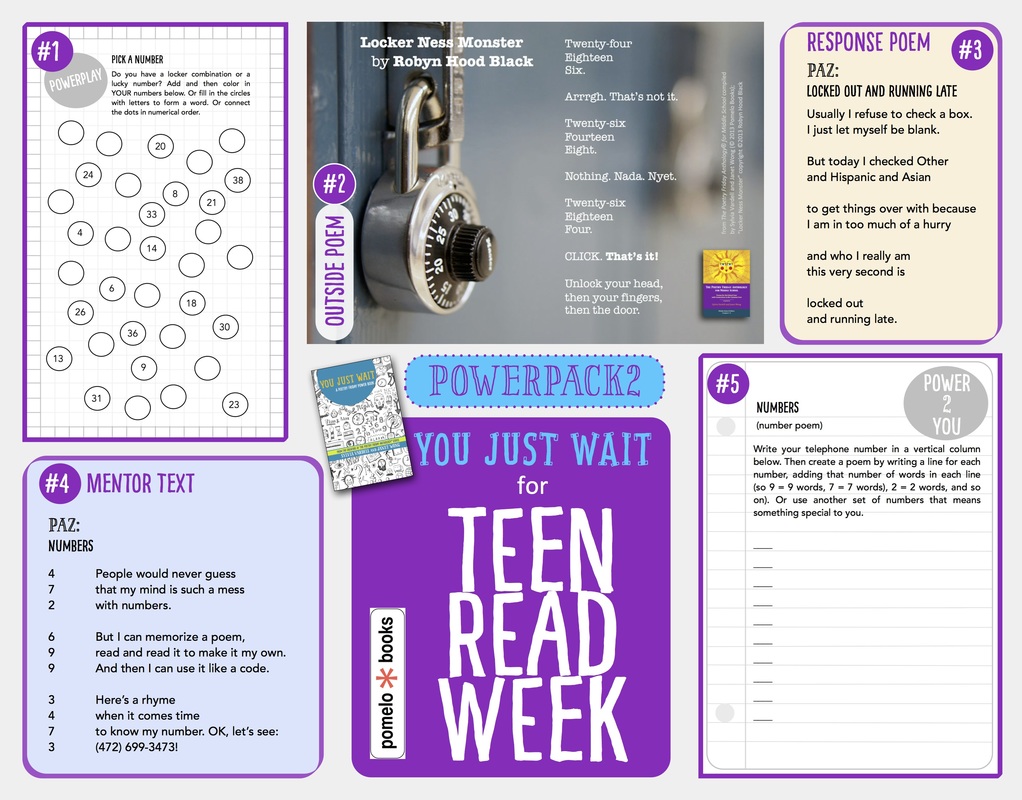
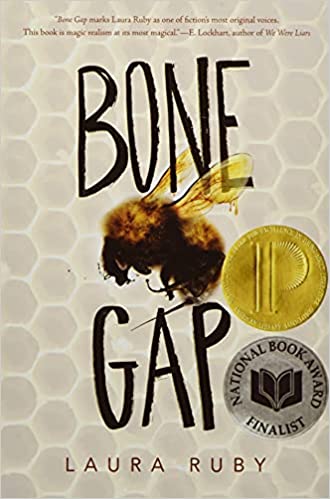
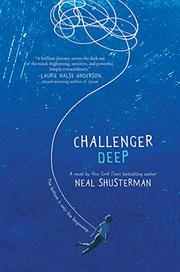
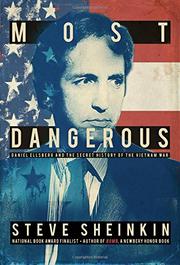
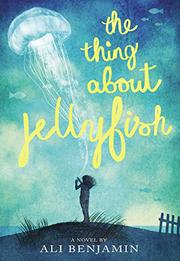
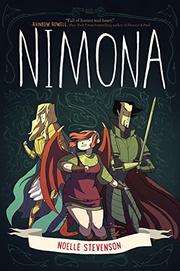

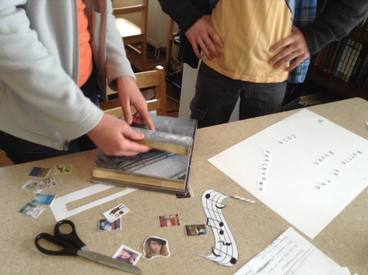
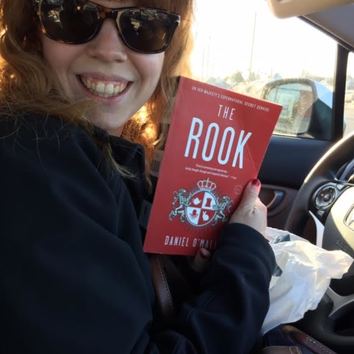
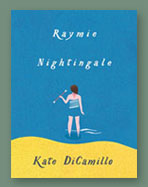
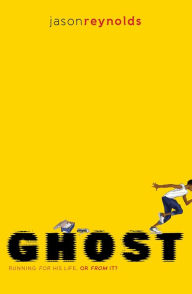
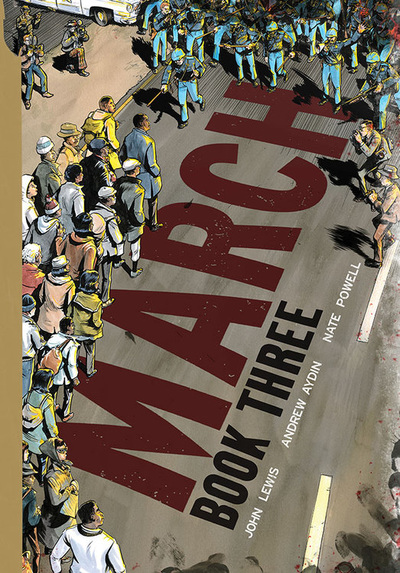
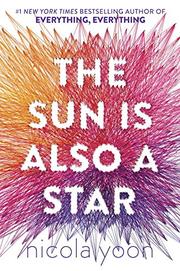
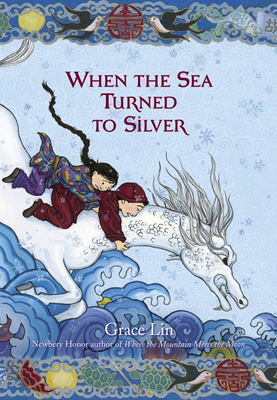
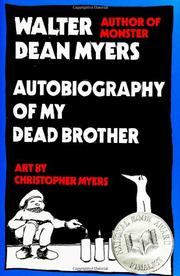
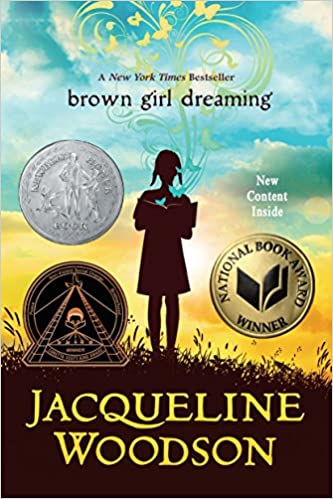
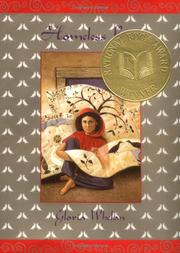
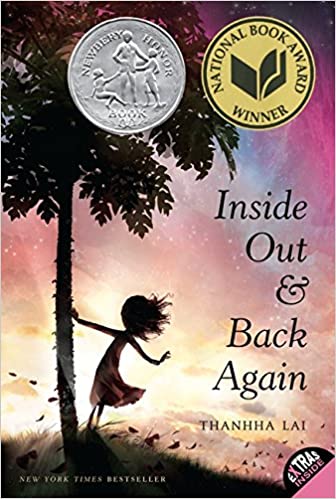

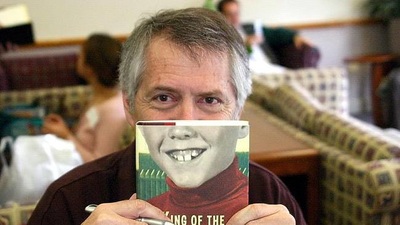
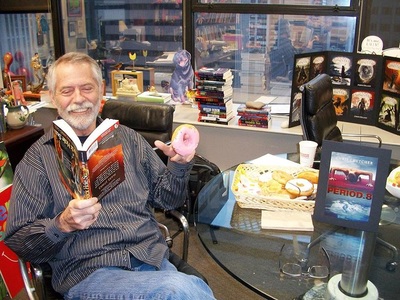
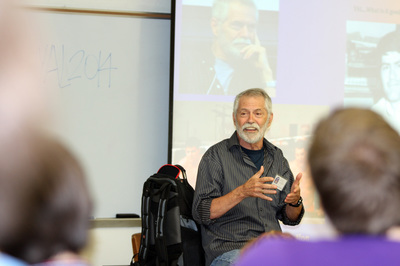
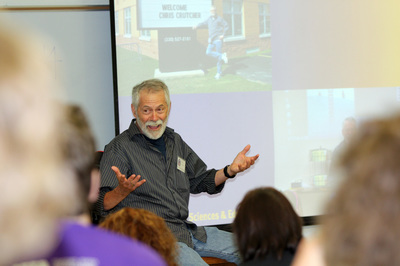
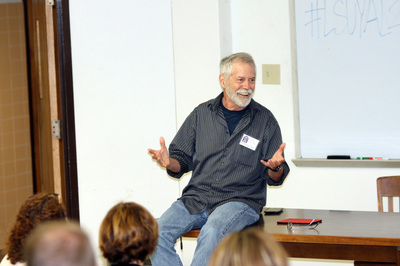
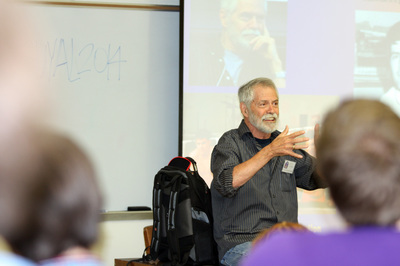
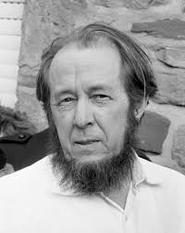
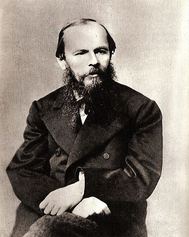
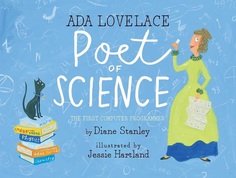



 RSS Feed
RSS Feed